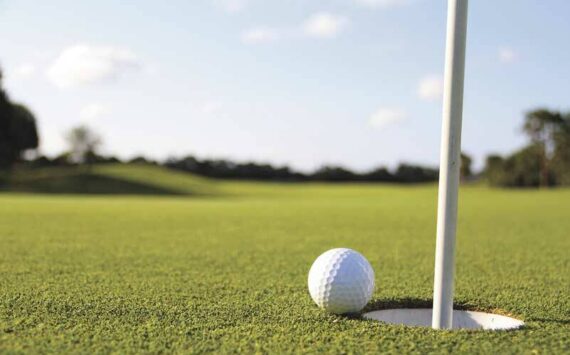OLYMPIA – As the school year comes to a close, the Washington State Invasive Species Council is asking teachers and parents not to release classroom pets, insects, fish or aquarium plants into the wild.
“Most of the classroom animals released into the wild will not survive. What seems like a humane action often leads to suffering in the end for the animal,” said Justin Bush, executive coordinator of the Invasive Species Council. “Also, the wildlife that can survive may damage Washington’s natural resources and cost thousands of dollars in cleanup costs.”
Some common invasive species that have damaged Washington’s environment and economy – rusty crayfish, bullfrogs and Eurasian watermilfoil – started as classroom pets and aquarium plants. Eurasian watermilfoil alone is known to infest more than 30 counties in Washington.
Most non-native classroom pets will not survive in the wild because of predators, the difference in climate and the inability to find food and shelter.
When faced with dealing with classroom plants, insects and animals at the school year’s end, here are some tips to properly dispose of them:
Donate unwanted plants and animals to an accredited environmental learning center, aquarium or zoo. Contact a veterinarian or pet retailer for guidance on humane disposal of live animals.
Seal all plants in a plastic bag, freeze for at least 24 hours or until frozen solid, and then place them in the trash. Do not compost the material.
Flush aquarium water down the toilet. Disinfect aquarium and non-organic materials with a bleach solution of one cup household bleach per gallon of water. Let sit for 10 minutes, then rinse thoroughly.
To learn more about how you can prevent the spread of damaging invasive species, visit the council’s website, wise.wa.gov.
— Washington State Recreation and Conservation Office







